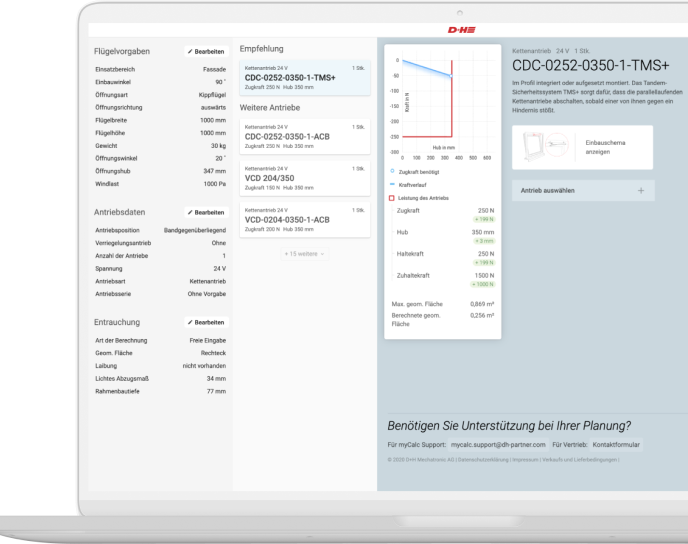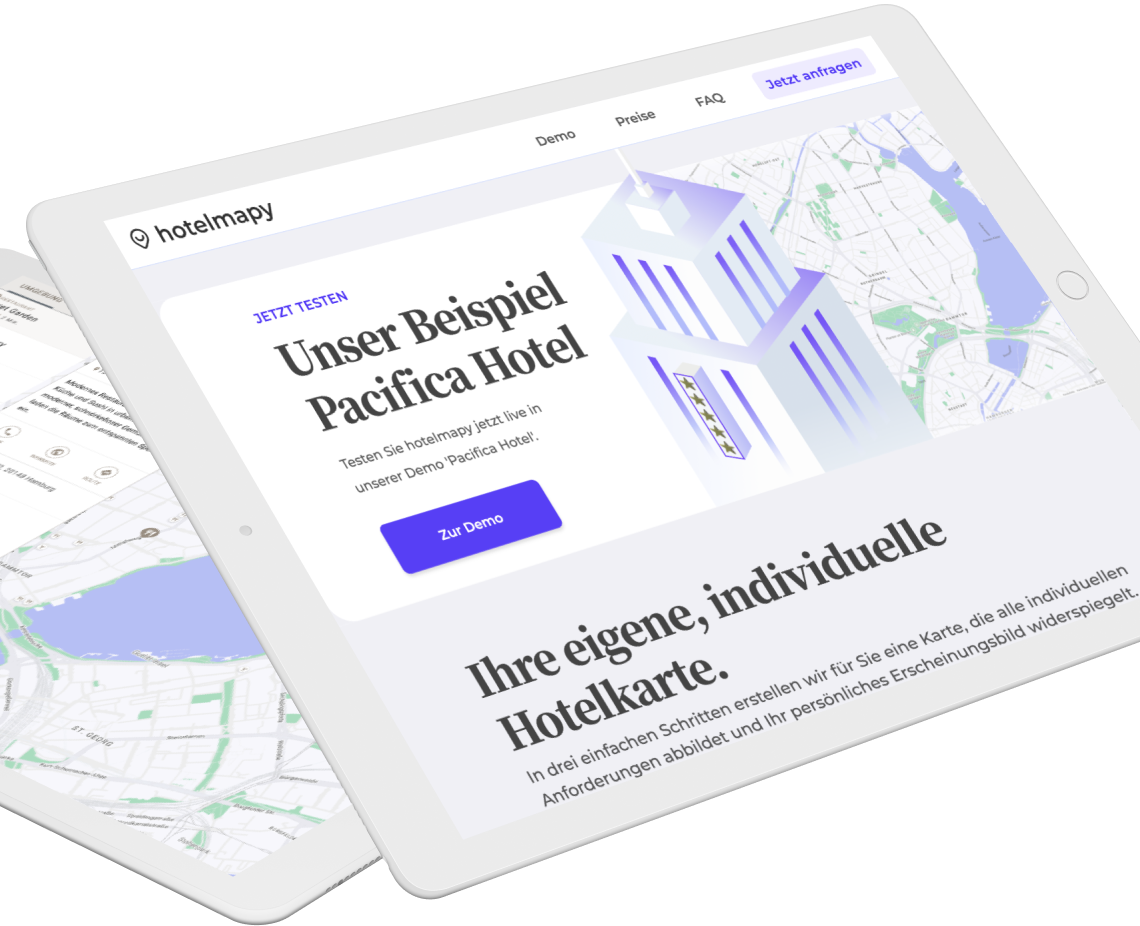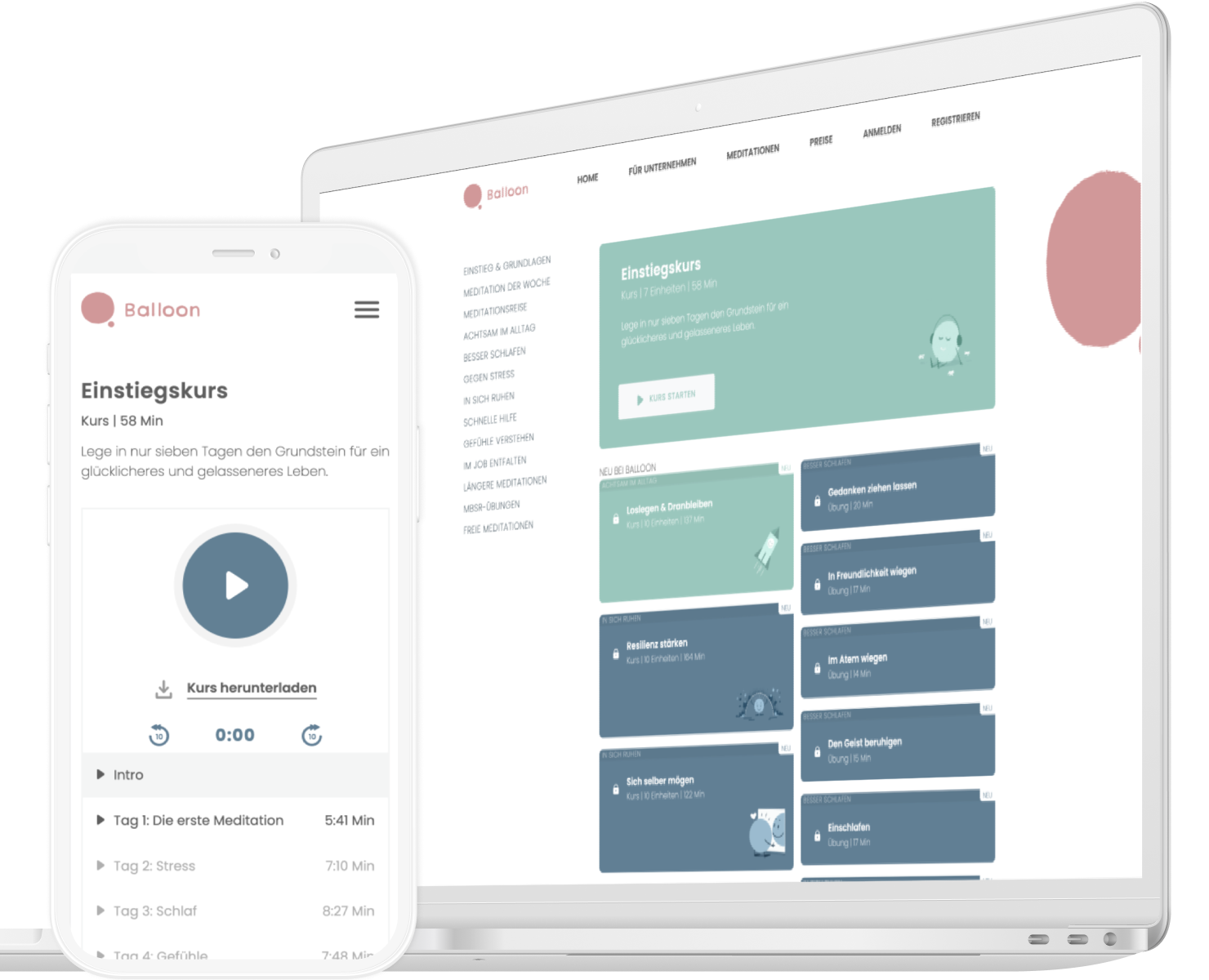
Arved Baumgaertner
Hamburg, Germany
Designing digital products with enterprises and startups since 2015.
Services
01
UX Audit and Optimization
Uncover friction points in the user experience and enhance your digital product. This service delivers actionable insights to boost usability, conversion, and user retention.

02
Design Systems / UI Libraries
Establish scalable and efficient interface design. This service focuses on creating clear modular UI components — accelerating workflows and ensuring visual coherence.

03
Rapid Prototyping
Transform ideas into interactive prototypes, validate assumptions, and gather user feedback early. This service enables fast iteration, reduces development risk, and creates alignment before implementation.

04
UX Research & Testing
Gain deep insights into user behavior, needs, and pain points. This service uncovers actionable findings through interviews and usability testing — enabling informed design decisions and reducing product risk.


Let's talk about your product's potentials and challenges!
Get in contactPrevious Clients
2023 – today
LichtBlick SE
| B2B Business Services
E-Commerce Services for LichtBlicks B2B Customers
2023
Barclays Bank
| App & Website
Overall support of the Barclays design unit
2019 - 2023
D+H Mechatronics
| Software
Calculation for Desmoking of Window Drives and Specification of D+H Mechatronics Products
2021 - 2022
Hotelmapy
| Web Widget and Product Website
Service Widget and Website for Location Presentation of Hotels
2021
tijosalverda.nl
| Webpage
Presentation of Research and Thoughts for Tijo Salverda
2020
SOG ERP
| Software Mobile App
Office Profile App displaying availability and Contact Information (w/ Neat Interactions)
2019
Gruner+Jahr
| Balloon Meditation
App Design and Webdesign for Balloon Meditation App and Webplayer
2019
Sentio Aimmo
| Real Estate & Housing
Web Application for Documentation and reporting. Real Estate and Housing Managment
2017 – 2018
Provinzial
| Insurance Software
User centered design to realize an inhouse application that supports workflows from quote to contract
2017
Hello Meet
| Chat App
Appointment Planner Chat App (w/ Robert Wünsch)
2017
Orbit
| Product Discovery
Product Discovery for Insurance Processes
2017
Concardis
| Contract Services
Usability and Experience Design of Forms and Services (w/ Mindmatters)
2017
Mercury Media Technology
| Software
UI Engineering and UX Design (w/ Mindmatters)
2017
deutschland.de
| Webdesign Layouts and Prototyping
Web Layouts and Prototyping (w/ Shift Agency)
2017 – 2018
Edeka
| Webdesign Mobile
UX Design and Design Execution for Mobile Website Layouts (w/ Fork Unstable Media)
2016
funk
| TV & Media
Design Sprint for a new content-network from ARD and ZDF. (w/ Precious Designstudio)
2015
Gruner + Jahr Mobile
| Design Sprint
Prototyping and Design for 'Spaceletter' Newsletter and Magazine App
2015
Product Field
| Web Reader
Design and implementation of read.productfield.com
2015
Enfore
| ERP APPs and Plattform
Design and Specification (w/ Precious Designstudio)
2015
Gruner + Jahr Mobile
| iOS App
UX, UI Design and Prototyping for Neon Magazine Viewer App (w/ Precious Designstudio)
2015 – 2016
Gruner + Jahr Mobile
| Native App for iOS + Android
Mjum Recipe App (w/ Precious Designstudio)
2016
Otto
| Inhouse Software
In-house Productivity Software for Media Asset production (w/ Precious Designstudio)
2014
Wildeisen.ch
| Cooking Website
Weblayouts and Design Look & Feel (w/ Edenspiekermann)
2014
Redbull Amaphiko
| Social Plattform
Design Research Look & Feel and (w/ Edenspiekermann)
My process is focused on user centered product design. This is how I ensure to create outstanding experiences that people love to use.
How I make it work.
I work design driven – always in regards of technological feasibility. I like to challenge the status quo of a product to bring up the highest value to light. Therefore I work in loops to understand create and evaluate tought trough solutions:
I am doing interviews and map insights to understand users problems and needs.
I use gathered knowledge to rapidly create prototypes that offer solutions on my findings.
By doing user testing I evaluate if the solutions I created will serve the purpose.

Thoughts on sustainable product design.
What makes good interface design and why is it so important?
How can we prevent product development to become costly and ineffective?
What makes a good prototype?
Why should user testing be an integral part of every product development cycle?
How much time and budget can we save by skipping user research?
Why product teams should strive to improve the overall core experience of a product and avoid to extensively build new features.
Why a styleguide.pdf is inefficient and outdated for digital product development.
What is a pattern library and why can it be beneficial for a digital product?


